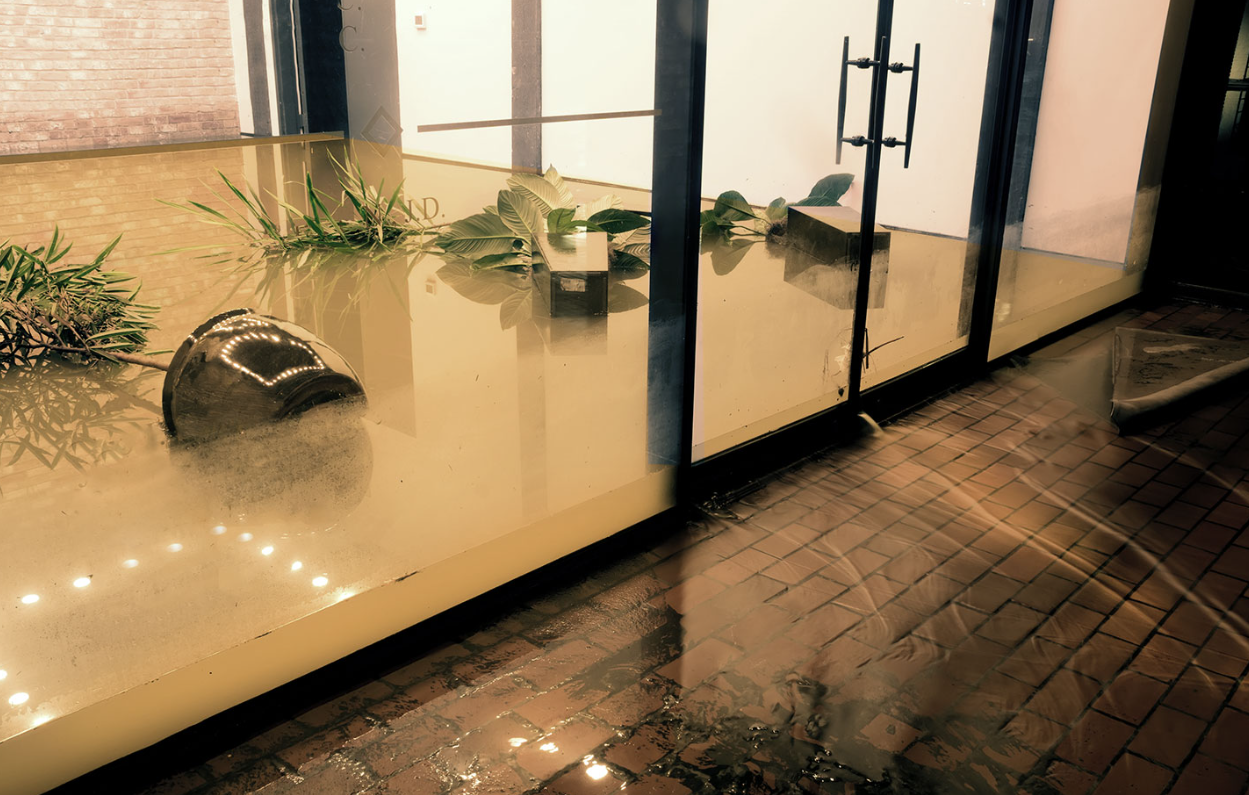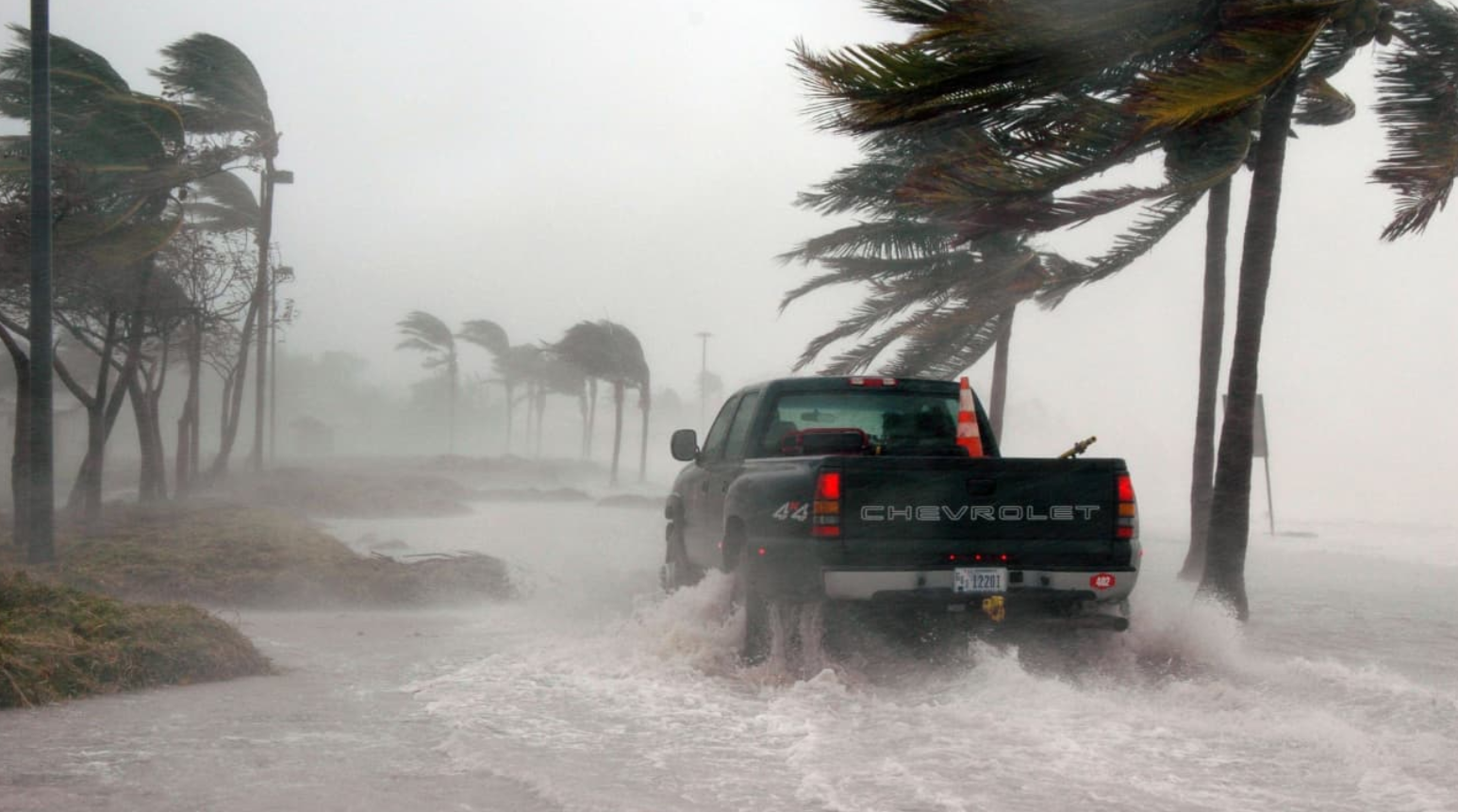Flooding can cause extensive damage to homes and properties, leading to significant financial and emotional distress. Whether due to natural disasters like hurricanes or heavy rains, or as a result of plumbing failures, addressing flood damage promptly and effectively is crucial. This article provides a comprehensive guide to emergency flood repair, offering practical advice and steps to mitigate damage and restore your home to its original state.
Understanding the Impact of Flooding
Floods can cause a variety of issues, ranging from structural damage to health hazards. Understanding the potential impact is the first step in preparing for and managing flood repairs.
- Structural Damage: Floodwater can weaken the foundation of buildings, cause walls to crack, and damage flooring. Prolonged exposure to water can lead to severe structural issues that may compromise the safety of the property.
- Electrical Hazards: Water and electricity are a dangerous combination. Flooding can damage electrical systems, leading to potential fire hazards or electrocution risks.
- Health Risks: Floodwaters often contain harmful contaminants, including sewage, chemicals, and bacteria, posing serious health risks. Mold growth is another common issue following a flood, which can cause respiratory problems and other health issues.
- Property Damage: Personal belongings, furniture, and appliances are often destroyed or severely damaged by floodwaters.
Immediate Actions After a Flood
Taking immediate action following a flood is critical to minimize damage and ensure safety. Here are the essential steps to take:
- Ensure Safety: Before entering a flooded area, ensure that it is safe to do so. Turn off electricity and gas supplies to prevent accidents. Wear protective clothing, such as rubber boots and gloves, to avoid contact with contaminated water.
- Document the Damage: Take photographs and videos of the damage for insurance purposes. Detailed documentation will support your claim and help expedite the process.
- Contact Your Insurance Company: Notify your insurance company about the flood as soon as possible. They will provide guidance on the next steps and may send an adjuster to assess the damage.
- Remove Water: Begin water removal as soon as it is safe. Use pumps, wet/dry vacuums, or hire professional water removal services to extract standing water from your property.
- Ventilate and Dry: Open windows and doors to allow fresh air to circulate. Use fans, dehumidifiers, and heaters to speed up the drying process. Removing moisture quickly is crucial to prevent mold growth.
Assessing the Damage

After the initial emergency actions, a thorough assessment of the damage is necessary to develop a repair plan. This involves inspecting the entire property, including:
- Structural Components: Check for signs of foundation damage, cracks in walls, and weakened structural elements. Engage a structural engineer if necessary.
- Electrical Systems: Inspect the electrical wiring, outlets, and appliances for water damage. A licensed electrician should assess and repair any electrical issues to ensure safety.
- Plumbing Systems: Floods can damage plumbing systems, leading to leaks or contamination. Have a plumber inspect and repair any damaged pipes or fixtures.
- HVAC Systems: Heating, ventilation, and air conditioning systems can be compromised by floodwaters. A professional HVAC technician should inspect and service these systems.
- Interior Surfaces: Assess damage to walls, floors, and ceilings. Look for signs of mold, warping, or staining. Materials like drywall and insulation may need to be replaced if heavily saturated.
Professional vs. DIY Repairs
Deciding whether to undertake flood repairs yourself or hire professionals depends on the extent of the damage and your expertise. Here are some considerations:
- Professional Services: Hiring professionals can ensure that repairs are done safely and correctly. Water damage restoration companies offer services such as water extraction, drying, mold remediation, and structural repairs. Licensed electricians, plumbers, and HVAC technicians can address specific system damages.
- DIY Repairs: For minor damage, you may choose to handle some repairs yourself. Tasks such as removing water, drying out the area, and minor cosmetic repairs can be manageable with the right tools and knowledge. However, always prioritize safety and consult professionals for critical repairs.
Steps for Effective Flood Repair
Whether you hire professionals or take on some repairs yourself, following a systematic approach is essential for effective flood restoration.
- Water Extraction and Drying: Begin with thorough water removal and drying. Use pumps, wet/dry vacuums, and dehumidifiers to extract water and reduce moisture levels.
- Cleaning and Sanitizing: Clean and disinfect all affected areas to eliminate contaminants. Use a mixture of water and bleach or other disinfectants to sanitize surfaces.
- Mold Remediation: Mold can develop within 24-48 hours after flooding. Remove any moldy materials, such as drywall or carpeting, and use mold inhibitors to prevent future growth.
- Structural Repairs: Address any structural damage, including foundation issues, wall cracks, and weakened supports. Reinforce and repair as needed to restore the integrity of the building.
- Electrical and Plumbing Repairs: Ensure that all electrical and plumbing systems are inspected and repaired by licensed professionals. Replace damaged wiring, outlets, pipes, and fixtures.
- HVAC System Restoration: Have HVAC systems inspected, cleaned, and repaired by a professional. Replace any damaged components and ensure the system is functioning safely.
- Interior Restoration: Replace damaged drywall, insulation, flooring, and other interior materials. Repaint walls and ceilings as needed. Ensure all surfaces are dry and free from mold before completing interior finishes.
Preventing Future Flood Damage
Once repairs are complete, it’s important to take steps to prevent future flood damage. Here are some preventive measures:
- Install a Sump Pump: A sump pump can help remove water from your basement or crawl space during a flood. Ensure it has a backup power source in case of power outages.
- Improve Drainage: Ensure that your property has proper drainage systems in place. Clean gutters and downspouts regularly, and consider installing French drains or other drainage solutions.
- Seal Foundations and Walls: Apply sealants to foundations and basement walls to prevent water infiltration. Repair any cracks or gaps in the structure.
- Elevate Utilities: Elevate electrical panels, appliances, and HVAC systems above potential flood levels to reduce the risk of damage.
- Landscape Smartly: Design your landscape to direct water away from your home. Use grading, swales, and landscaping materials that promote proper drainage.
- Install Flood Barriers: Consider installing flood barriers or shields for doors and windows to protect against water entry during heavy rains.
Insurance and Financial Considerations
Understanding your insurance coverage and financial options is crucial in managing flood repairs.
- Flood Insurance: Standard homeowner’s insurance policies often do not cover flood damage. If you live in a flood-prone area, consider purchasing separate flood insurance through the National Flood Insurance Program (NFIP) or private insurers.
- Documenting Costs: Keep detailed records of all repair costs, including receipts, invoices, and contractor estimates. This documentation will be essential for insurance claims and potential tax deductions.
- Government Assistance: In the event of a major disaster, federal and state governments may offer financial assistance programs. Check with local authorities and disaster relief organizations for available resources.
Conclusion
Emergency flood repair requires swift and efficient action to mitigate damage and restore your property. By understanding the impact of flooding, taking immediate safety measures, and following a systematic repair process, you can effectively manage flood damage. Whether you hire professionals or undertake some repairs yourself, prioritize safety and thoroughness. Additionally, implementing preventive measures can help protect your home from future floods, providing peace of mind and security.
Floods can be devastating, but with the right knowledge and approach, you can navigate the repair process and restore your home. Remember to utilize available resources, including insurance and government assistance, to support your recovery efforts. By taking proactive steps and being prepared, you can minimize the impact of future flooding events.
